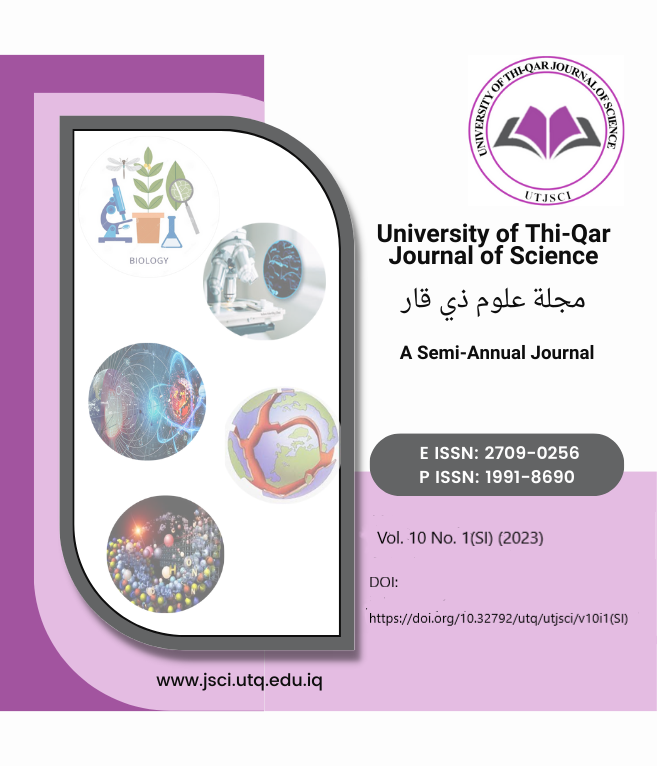Risk Factors of Superficial Fungal Infections among Immunocompromised Patients in Thi-Qar Governorate during 2021-2022
DOI:
https://doi.org/10.32792/utq/utjsci/v10i1(SI).1099Keywords:
Risk Factor, uperficial Fungal Infections, S ImmunodeficiencyAbstract
Worldwide, there are numerous fungi having the ability to invade different parts of the body, creating several infections in the skin, hair, and nails. Candida spp., dermatophytes, and Malassezia spp. are the main pathogenic fungal causes. In Thi-Qar Governorate, this study intended to estimate the risk factors of superficial fungal infections among immune-deficient individuals. This study was performed during November 2021 - July 2022. Using a random sampling strategy, a non-probability (convenience sample) of 500 samples was chosen.
Along with the medical clinics in the governorate, six healthcare facilities affiliated with the Thi Qar Health Department participated in this investigation. A questionnaire collected demographic information, risk factors, and disorders impairing immunity (such as diabetes, cancer, leukemia, genetic blood diseases, and renal failure). The average age of the study samples was 44 years. 62% of them were males, 38% were females, from urban areas were 346 (69.2%), unemployed were about 45.4%, and the majority of them 61.8 % were married. The results appear that the highest percentage (20.4%) of distribution of risk factors was found to be among answers about "Do you usually sweat excessively" while the lowest percentage 3 (0.6%) of distribution of risk factors was found to be " Have you traveled in the past two weeks." According to the study, patients with diabetes consisted the biggest number, 247 (49.9%), while those with renal failure made up the lowest percentage, 4.4%.
Downloads
Published
Issue
Section
License
Copyright (c) 2023 University of Thi-Qar Journal of Science

This work is licensed under a Creative Commons Attribution 4.0 International License.













